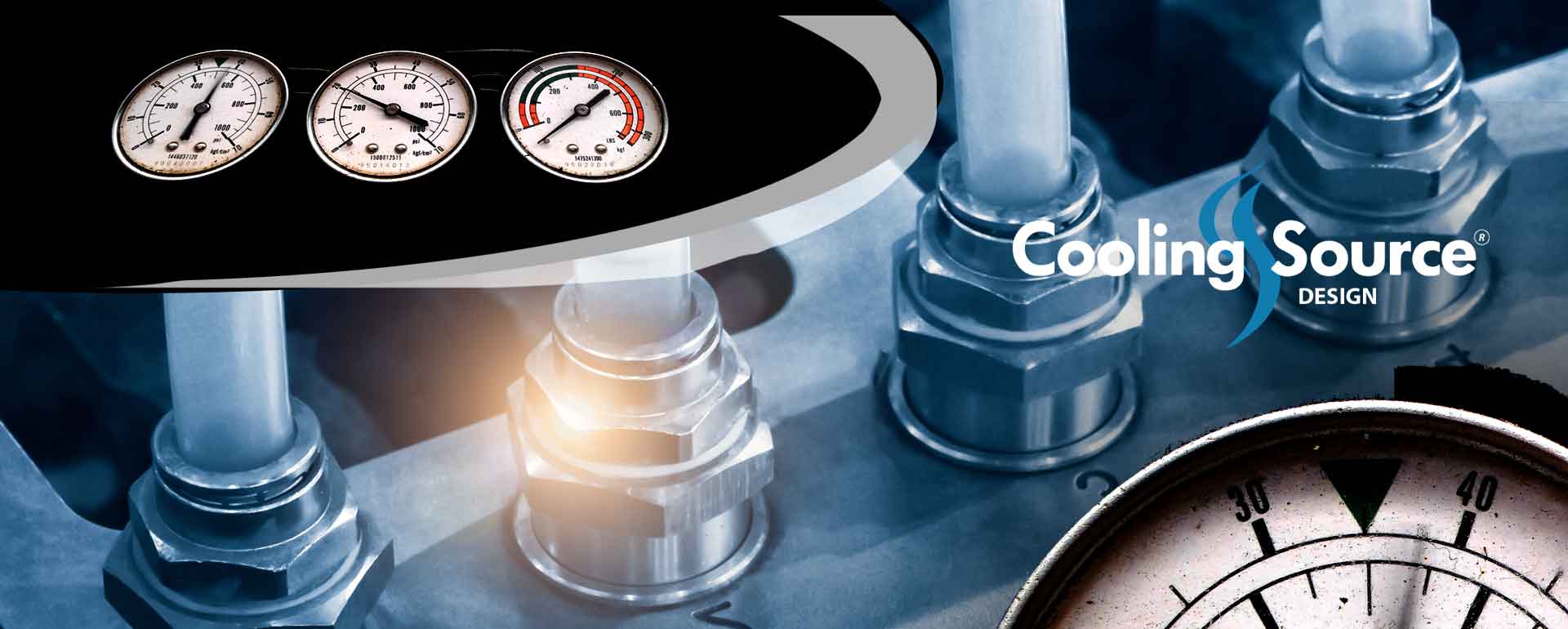
PRESSURE TEST
Air and water pressure testing for liquid cold plates offers several advantages and benefits:
1. Leakage detection: Pressure testing allows for detecting any leaks or potential weak points in the liquid cold plate. By subjecting it to air or water pressure, any leaks can be identified, ensuring that the cold plate is free from defects that could compromise its performance.
2. Quality assurance: Pressure testing serves as a quality assurance measure by ensuring that each liquid cold plate meets specified standards before being deployed in cooling systems. It helps identify any manufacturing defects or inconsistencies that may affect its ability to transfer heat effectively.
3. Performance validation: Pressure testing provides a means to validate the performance of liquid cold plates under operating conditions. By subjecting them to simulated pressures similar to those experienced during actual operation, you can verify their ability to withstand and maintain proper flow rates without leakage.
4. Reliability assessment: Through pressure testing, you can assess liquid cold plates' long-term reliability and durability under various operating conditions such as high pressures or continuous usage scenarios. This information is valuable in predicting product lifespan and identifying potential failure points early on.
5. Optimization opportunities: Pressure testing allows for optimization opportunities by identifying areas where design improvements can be made. For example, if a particular section of the cold plate consistently fails pressure tests, it indicates a need for design modifications such as reinforcement or improved sealing techniques. This helps enhance overall product performance and reliability.
6. Data-driven decision-making: The quantitative data obtained from pressure testing enables data-driven decision-making regarding product improvements. By analyzing test results, you can make informed choices about design changes, material upgrades, and other factors necessary to optimize performance under different operating conditions.
7. Customer confidence: Conducting thorough pressure tests demonstrates your commitment to delivering high-quality liquid cold plates with reliable sealing capabilities. This instills confidence in customers who rely on your products for efficient cooling of their electronic systems.
8. Compliance with industry standards: Many industries have specific requirements regarding leakage rates and pressure resistance for liquid cold plates. Pressure testing allows you to ensure compliance with these standards, providing evidence of product quality and meeting customer expectations.
Overall, air and water pressure testing for liquid cold plates offers advantages such as leakage detection, quality assurance through defect identification, performance validation, reliability assessment, data-driven decision-making, customer confidence, and compliance with industry standards. These benefits contribute to the development of high-quality liquid cold plates that effectively transfer heat in cooling systems.

